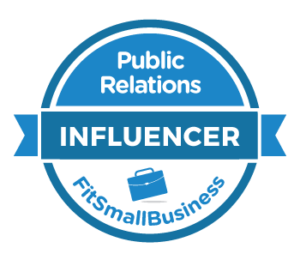It is nothing short of amazing, the innovation in social media. This can present a challenge in terms of
constantly needing to keep up (as I alluded to in my post on Social Fluency) . On the other hand, there is never a shortage of new tools to add to the quiver.
I thought I’d take the opportunity this week to review two that I believe show great promise: UberVU and Fried Eggs.
Fried Eggs is a micro blogging platform modeled on Twitter. However, it offers a number of improvements that make it a great app in its own right.
For those who know Twitter (and who doesn’t these days), Fried Eggs provides a familiar experience, and uses many of the same conventions – you can direct message, retweet, and follow to your heart’s content and find myriad ways to put the ubiquitous “@” sign to work. So it is pretty easy to get started with the app and understand what it can do.
Once I got past the similarities, a number of features jumped out and made me think: why didn’t Twitter do it this way?
Fried Eggs tackles the most obvious challenge with the Twitter – the 140 character limit (some would argue that Twitter’s simplicity and brevity are the reasons for its success – yet trying to squeeze thoughts into 140 characters is not always easy).
Simply hitting a button labeled “elaborate” opens a window that lets you do just that. The extra characters are hidden in the default view so that the screen is not gummed up with so much text, but you and your followers can easily get to it if needed. It seems like the perfect feature and platform for launching press releases – the headline can go in the crack (somehow, that just doesn’t sound right – should it be creak, or cluck?) and press release body text, in the elaboration.
Fried Eggs also does a better job by showing comments and nested discussion threads, and gives you an easy way to store pictures and video inline – you do not need to invoke a separate application, as you have to do with Twitter. In another nice touch, there is a search box right there – no need to go somewhere else to search Fried Eggs.
These days it is not enough for a social app to be better – it needs to have a critical mass of users and an ecosystem of other apps around it. Will Fried Eggs get enough users to truly become a force, and will developers jump on board?
Who knows. Although I doubt Twitter is too worried, they might have given Fried Eggs an opening with developers, given some of the bad buzz last week in the wake of Chirp and Twitter acquisitions.
At any rate I think it is worth checking out. I am having a lot of fun with it. And when Twitter is down, it provides another outlet for me to share my thoughts.
Next up: My review of UberVU


